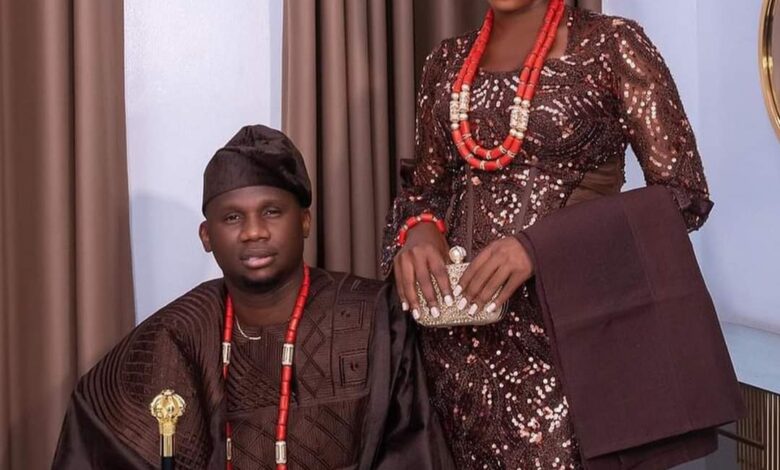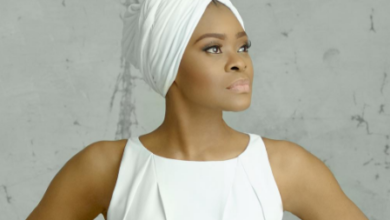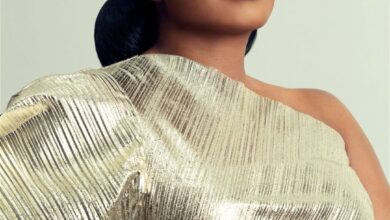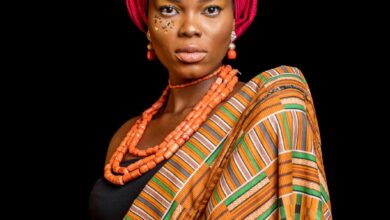Top Nigerian Traditional Clothing

Nigeria, a country known for its diverse cultures and vibrant traditions, boasts a rich tapestry of traditional clothing that reflects the nation’s cultural heritage and identity. From the colorful fabrics of the Yoruba to the intricate embroidery of the Hausa-Fulani, Nigerian traditional attire is a testament to the country’s cultural diversity and artistic expression. Let’s delve into the top traditional clothing styles that define Nigeria’s rich sartorial landscape.
1. Agbada:
The Agbada, a flowing robe worn by men, is one of Nigeria’s most iconic traditional garments. Characterized by its voluminous sleeves and elaborate embroidery, the Agbada is typically worn on special occasions such as weddings, festivals, and cultural ceremonies. Originating from the Yoruba culture in southwestern Nigeria, the Agbada is a symbol of prestige, wealth, and social status.
2. Ankara:
Ankara, also known as African print fabric, is a vibrant and colorful textile that is widely used in Nigerian traditional clothing. Originating from West Africa, Ankara fabric is characterized by its bold patterns and motifs, often inspired by nature, culture, and history. It is commonly used to create a variety of traditional garments such as wrappers, dresses, and head wraps, and is worn by both men and women for special occasions and everyday wear.
3. Aso Oke:
Aso Oke, a handwoven fabric made from locally sourced materials such as cotton, silk, and metallic threads, is a traditional textile worn by the Yoruba people of southwestern Nigeria. Known for its intricate patterns and vibrant colors, Aso Oke is often used to create ceremonial attire such as Buba (top), Iro (wrapper), and Gele (head wrap) for weddings, festivals, and other cultural celebrations. Each piece of Aso Oke is meticulously handcrafted by skilled artisans, making it a symbol of craftsmanship and cultural heritage.
4. Kaftan (Babariga):
The Kaftan, known locally as Babariga, is a traditional garment worn by men in northern Nigeria, particularly among the Hausa-Fulani ethnic group. Made from lightweight and breathable fabrics such as cotton or silk, the Kaftan is characterized by its loose-fitting design and intricate embroidery, often adorned with traditional motifs and symbols. It is commonly worn for formal occasions, religious ceremonies, and cultural events, reflecting the region’s rich cultural heritage and Islamic influence.
5. George Wrapper:
The George Wrapper, a traditional garment worn by women in southeastern Nigeria, is characterized by its luxurious silk fabric and elaborate embellishments. Often featuring intricate embroidery, beadwork, and metallic accents, the George Wrapper is considered a symbol of femininity, elegance, and prestige. It is typically worn for special occasions such as weddings, birthdays, and cultural ceremonies, and is often passed down as a cherished heirloom from one generation to the next.
In conclusion, Nigeria’s traditional clothing embodies the country’s rich cultural heritage, diversity, and artistic expression. From the elaborate embroidery of the Agbada to the vibrant prints of Ankara fabric, each garment tells a story of tradition, craftsmanship, and identity. As Nigerians continue to celebrate their cultural heritage, traditional clothing remains an integral part of their cultural identity, serving as a symbol of pride, unity, and resilience.




